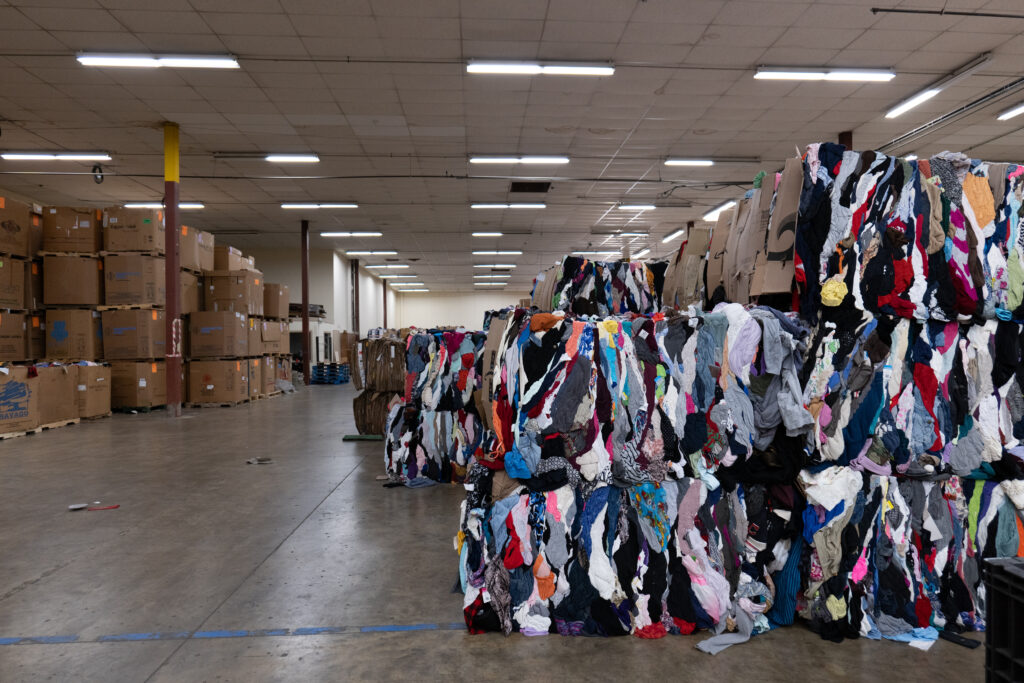Pump the Brakes on Fast Fashion
Over the past few years, ‘fast fashion’ has become a buzzword throughout the internet—and for good reason. This form of shopping is simple, affordable, and ultimately a large contributor to landfills. This style of shopping- whether online or through super stores, has a convenience level that can be universally understood. With the adorable sundress being within price range, timely for the season AND eligible for next day shipping, it seems too good to be true. And yes, it typically is. Place the leggings back on the shelf and consider what exactly went on to get this piece of fabric, with thousands of duplicates, right to your fingertips.

Fast Fashion came to its height through the evolution of the fashion industry. Before the industrial revolution, clothing was made custom by request or at home. Fast forward to the industrial revolution, premade clothing was sold in stores. Making our way to the mid-20th century, fashion designers produced clothing based on the four seasons. Now in the modern era, designers create ‘micro seasons’ to sell more items and create demand through fleeting trends. Although we are at the peak of fast fashion, there are ways to reduce your use by shopping with a mindful approach.

Mindful shopping doesn’t have to be a daunting process. Shopping sustainably is all about recognizing how our purchases impact the world. Did you know it takes more than 700 gallons of water to make a single cotton t-shirt? Not only does this include the amount of water it takes to grow the cotton, but as well as how raw material is transformed into a $12 pink running top. Florida State University reported 20% of industrial water pollution comes from turning cotton into textiles through dyeing and treating the material. That’s a lot of wasted water for a shirt that could fall apart within 6 months.

When looking for stores that promote zero waste shopping, divert items from local landfills, support community outreach programs and provide employment opportunities to individuals with disabilities—Goodwill is your one stop shop! Not only does this thrift store sell gently used items to support services like job placement or sexual violence prevention, but it keeps a lot of items from being sent to the landfill—and I mean, A LOT. Last year Goodwill was able to divert 23 MILLION pounds of items from local landfills. Not only does Goodwill support landfill diversion, but items sold are priced within an affordable range that oftentimes beats the cost of fast fashion.

Along with selling items donated, Goodwill of Greater Cleveland and East Central Ohio sells items that aren’t purchased in stores through an aftermarket program to promote recycling and salvaging opportunities—another step in reducing waste! Can you imagine that those items, ranging from tennis shoes to tea kettles, raised funds to help someone land their dream job? Click below to see how lives are changed every day through Goodwill: https://www.goodwillgoodskills.org/about/success-stories/.

About the author: Shannon Enoch, Digital Marketing and Communications Specialist for Goodwill Industries of Greater Cleveland and East Central Ohio, Inc.